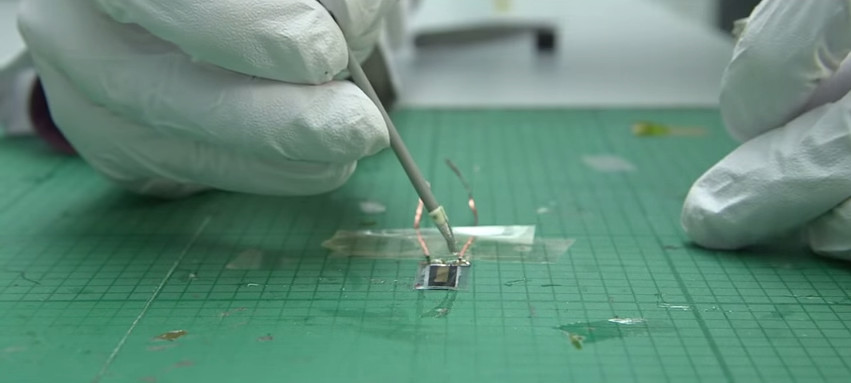Affiliate links on Android Authority may earn us a commission. Learn more.
Charge your phone using the vibrations of sound
Researchers at the Queen Mary University in London have a new power trick up their sleeve, the ability to charge your cell phone using the environment around it.
There is a fundamental truth to all mobile technology, if it is turned on, the battery is draining. While some vendors have attempted to eek more out of a charge by minimizing, even crippling, a device to save juice, others just power through and find themselves to a power plug throughout the day.
Having to find an actual power outlet can be problematic sometimes, and needing to be no more than a few feet from the wall for an extended period of time is of no use when you are on the go. We’ve seen wireless charging solutions, either from a dedicated wireless charging dock or station or from the awesome wireless charging solution we discussed here just yesterday, WattUp.
The existing wireless solutions still have a flaw, they require their own power source, meaning, as free as you are to move around, you aren’t leaving that room if you still need juice.

This is where the “nanogenerator” comes into play. It is a small device, nothing more to look at than a sheet of metal with wires attached to it, that contains zinc oxide rods capable of producing electricity when they are squashed or stretched. While squashing and stretching doesn’t sound very appealing, keep in mind that these actions are performed by sound. The same acoustic vibrations that rumble our ear drums are enough to trigger piezoelectric energy generation.
Working in partnership with Nokia, the experimental prototype is capable of producing 5 volts of electricity, which is what your standard USB port puts out, and the team says they are “cheap” to produce. As it is still early in the process, you shouldn’t expect to be popping one of these into your phone any time soon, but it is great to know that there are some new solutions in the works for our power needs, even if they are a little bit, noisy.
What do you call a phone that makes noise in order to give itself a little charge? Wait, no, don’t answer that!